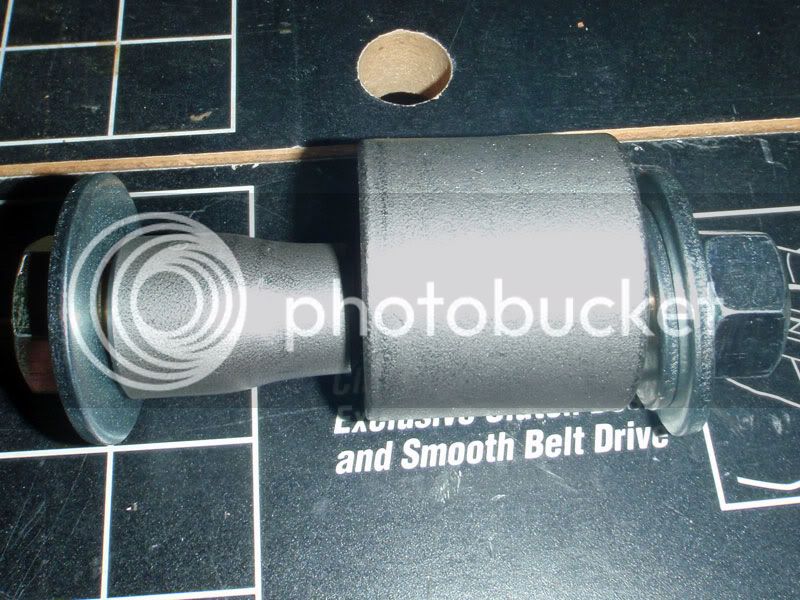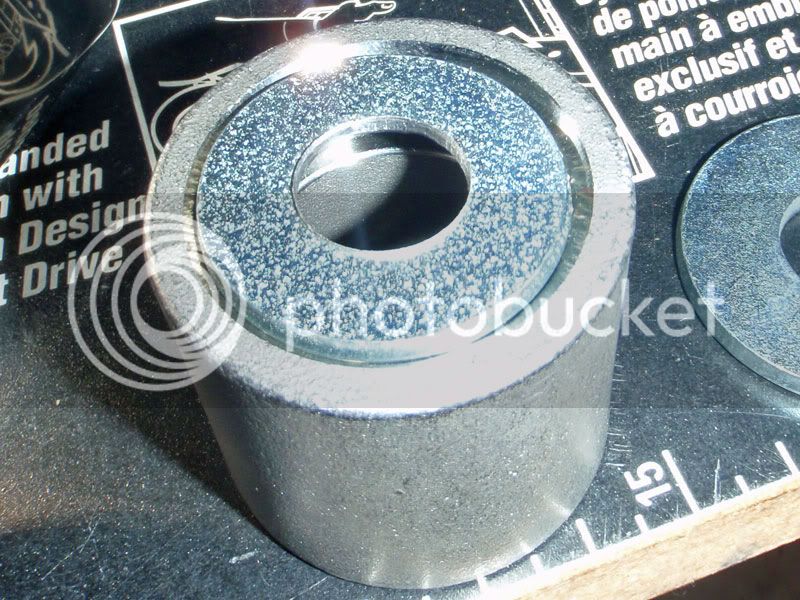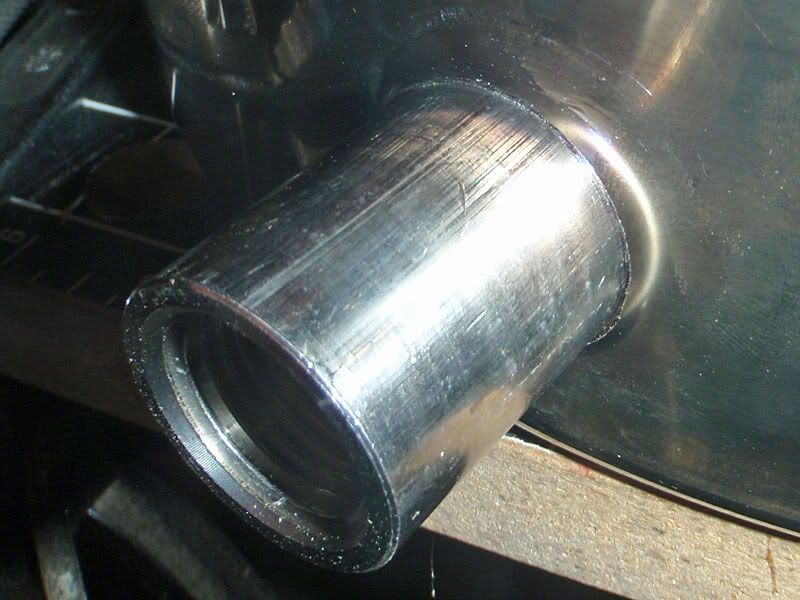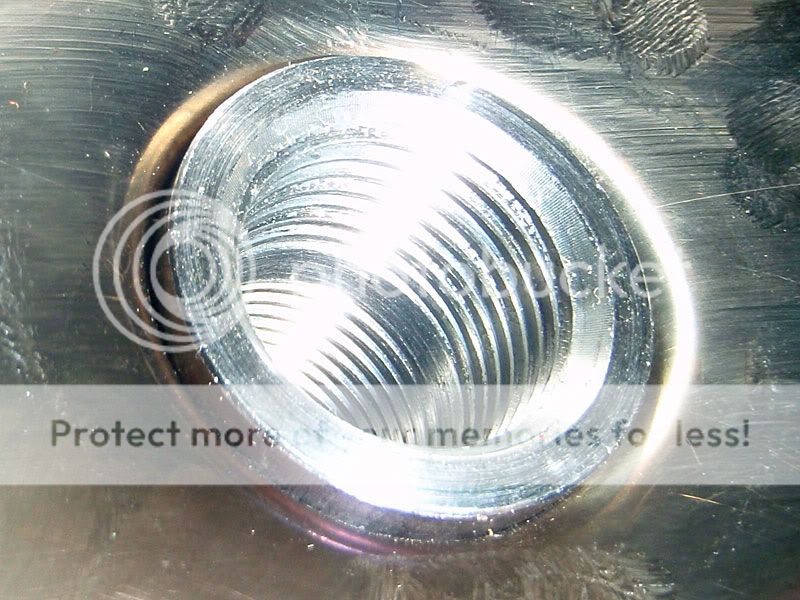All the info to build one is on this forum. I was able to build mine pretty cheap since I already had the washers, nuts, all-thread, and 1" PVC coupling lying around. And although crude and cheap I was able to get 6-7 good dimples made with the same setup before I totally caved in my not quite thick enough washers.
Take your time, keep it straight and don't pull it all the way through, and you'll be golden.
yeah I have most of the items too but will get the rest. One main question I have is does the coupler need to be flush with the dimple? or can it be say half in, half out through the hold? Or what is the preferred placement for a kettle to use with a ball valve. I wouldn't think it matters much and would be up to the users preference as you could thread on both sides regardless.






![Craft A Brew - Safale S-04 Dry Yeast - Fermentis - English Ale Dry Yeast - For English and American Ales and Hard Apple Ciders - Ingredients for Home Brewing - Beer Making Supplies - [1 Pack]](https://m.media-amazon.com/images/I/41fVGNh6JfL._SL500_.jpg)























































